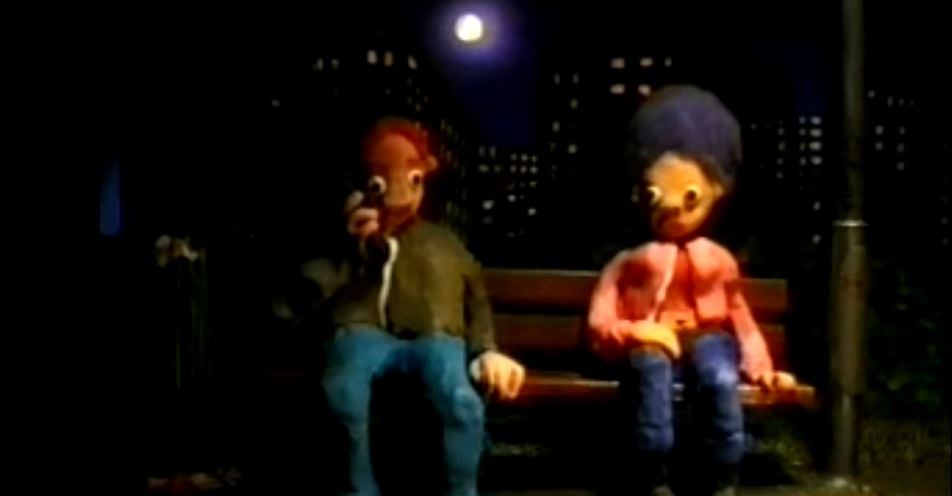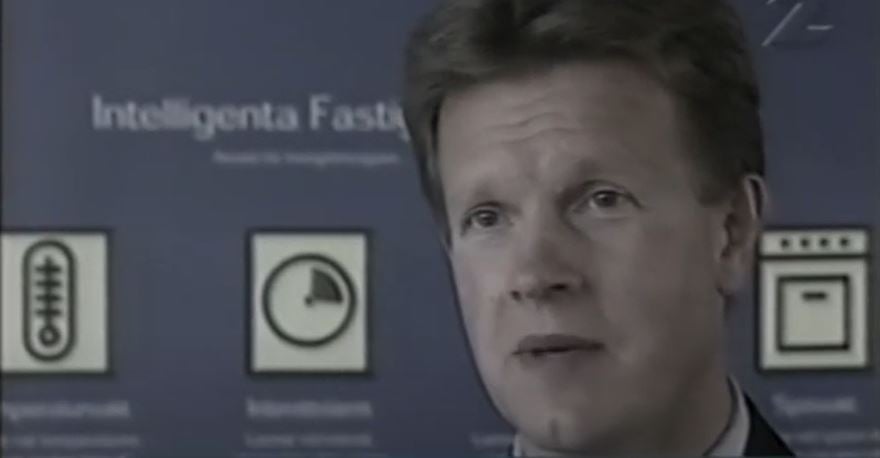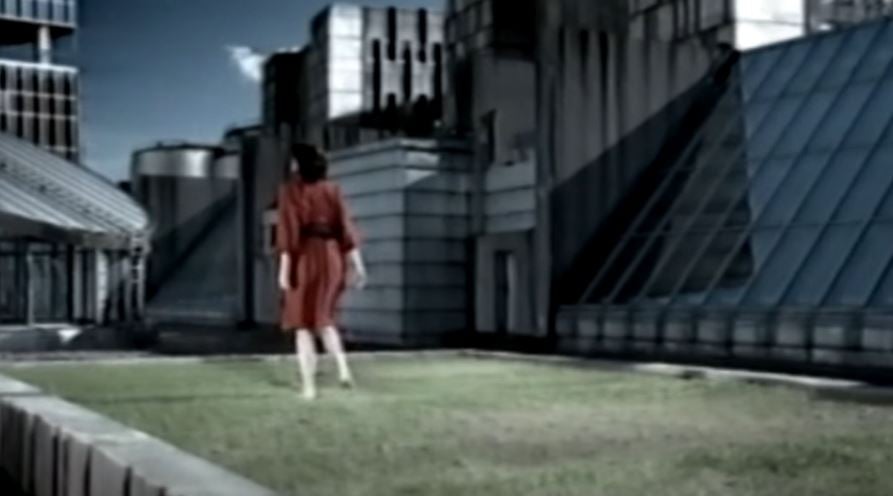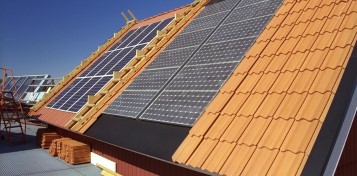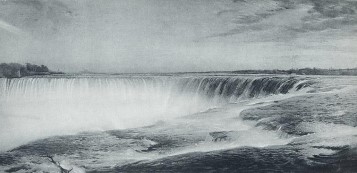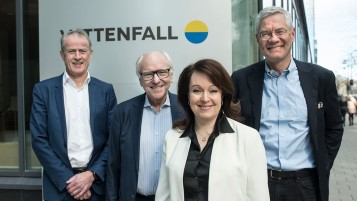
The vision for a smart home
During the IT boom in the late 1990s, development ideas at both established companies and start-ups sprouted up. Even at Vattenfall, which launched the 'smart home'. But like so many other internet-related innovations of the time, it all ended up more or less as a fiasco.
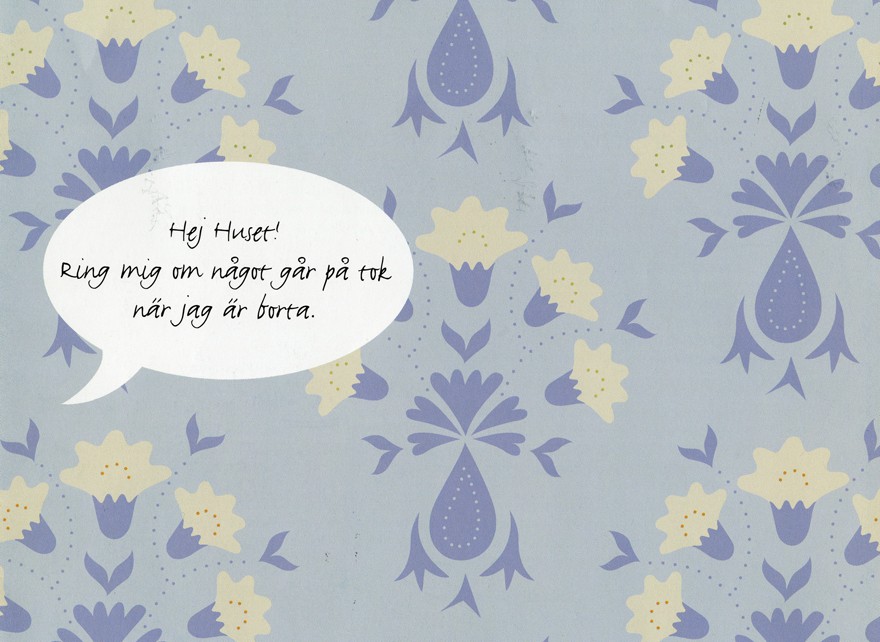
Hi house! Call me if something goes wrong while I'm gone Year: 2000 | ID: D8_VF001016
In the late 1990s, electricity prices on the NordPool electricity exchange fell dramatically. Vattenfall concluded that in the future it would be difficult to make money on electricity alone. Instead, it would be necessary to develop new energy and environmental services and products. The aim was to increase company turnover by SEK 10 billion by 2010, with a profit margin of 10 per cent. The flagship of Vattenfall's new strategy was 'The Smart Home'. Customers would be offered the means to control refrigerator temperature, monitor that the stove was not on when no one was home, that the dishwasher was not leaking water, and much more. Burglar alarms were also included in the plans. In practical terms, various nodes installed in different appliances of equipment would communicate with a 'Sensel box' via the electricity grid. The box, in turn, was in contact with the public telecommunications network. A password-protected website or mobile would allow the user to control their appliances.

The cover of a pamplet about Sensel. Year: - | Place: - | Creator: Okänd | ID: VF001001
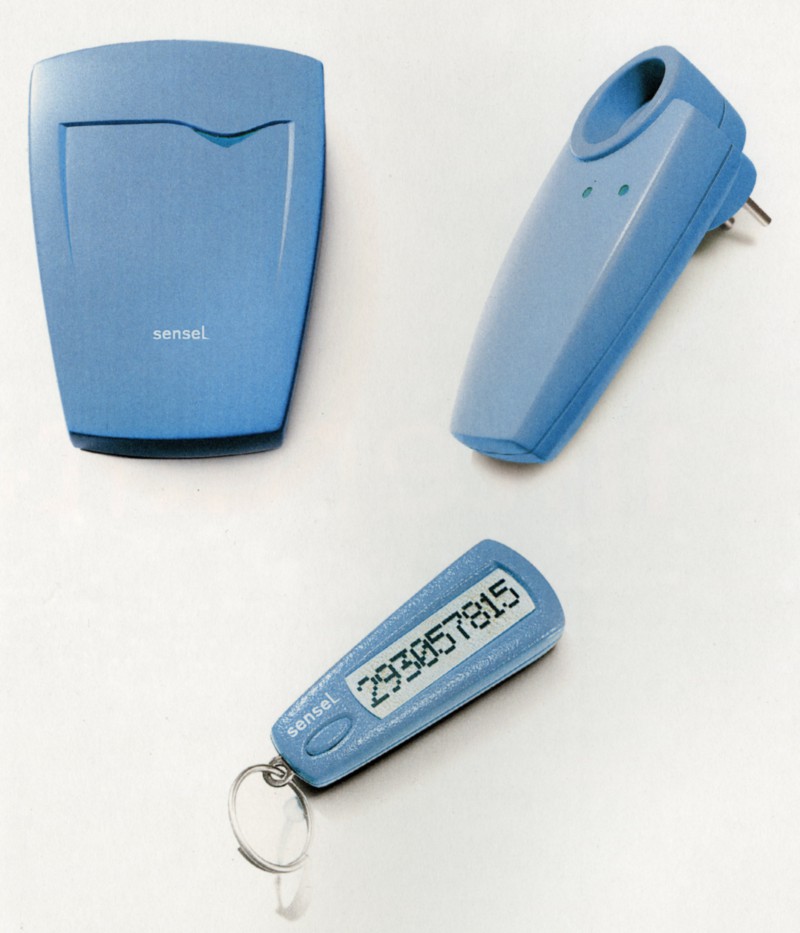
Vital parts of the Sensel system: server, node and safey key. Year: - | Place: - | Creator: Okänd | ID: VF220001
Visions of an enormous market
Vattenfall was not alone in this type of idea in the IT boom during the late 1990s and early 2000s. For example, Ericsson and Electrolux formed the E2 Home company in 1999 to develop technology and services for the smart home. Consultancy firm McKinsey estimated that the market for this type of service was huge – USD 30 billion per year. Each customer was expected to yield a large income. A huge customer database such as Vattenfall's was, therefore, a gold mine.
In light of all this, Vattenfall's board decided on 3 September 1999 to form the company Sensel AB. The idea was to create a communication platform for the smart home. The goal was for Sensel to have installed 450,000 Sensel boxes for electricity customers by 2002.
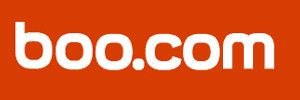
Boo.com logotype. Year: - | Place: - | Creator: Okänd | ID: VF000204
There then followed 1.5 years of constant delays, cost increases and policy change. Enormous sums were invested in IT solutions it was predicted would provide a return some time in the future. The IT boom transformed into an IT bubble, which then burst. The most spectacular case was Boo.com, which was set up to sell exclusive clothes online. When the company went bankrupt in May 2000, it had debts of several billion Swedish krona. Finally in 2001, Vattenfall also ended its investment in 'The Smart Home' after total costs of around SEK 1 billion. However, the concept was heavily marketed at the time. The marketing efforts were intense. Sensel commissioned two commercials who’s sole purpose was to launch the brand, without telling explaining anything about the services themselves. High-profile production companies were hired to shoot expensive films – which never went public (more on that further below). This was not uncommon for a lot of IT-companies at the time.
Nor did the focus on other energy and environmental services and products pay any dividends. Following the drop in the late 1990s, electricity prices rose again. Vattenfall then realised that electricity production could be profitable and interest in other ventures fell away.
The causes of failure were numerous. One was that the difficulties of getting the technology to work were significantly underestimated. Another was overconfidence in what customers were willing to pay for the type of services concerned. A third was that the Sensel company was a 'strange bird' at Vattenfall, and was regarded with suspicion even by many of the very people who were to develop the actual services. There were also differing views on how Sensel's narrowband technology would work in a world that would increasingly come to be dominated by broadband.
Related videos
Video player requires marketing cookies.
To view this content please click here to allow marketing cookies.
Communication with your appliances (Swedish)
Video player requires marketing cookies.
To view this content please click here to allow marketing cookies.
Jan C Johansson’s expectations for the Smart Home in 1999 (in Swedish)
Video player requires marketing cookies.
To view this content please click here to allow marketing cookies.

